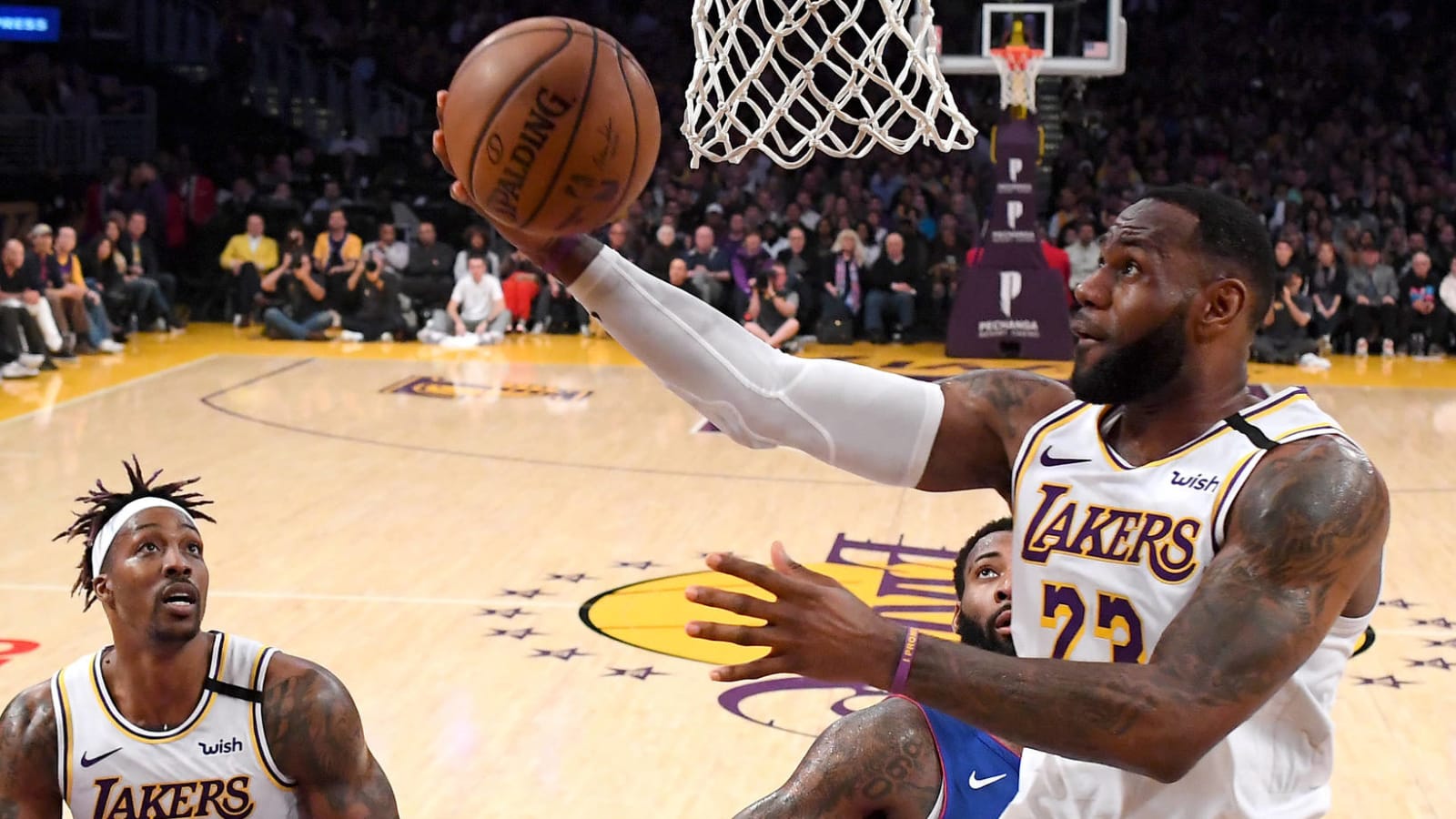
The Big Question facing five Western Conference title contenders
As we head deeper into a new year, NBA title contenders in each conference are clear. Here's an assessment of the top-tier Western Conference teams and the big question facing each in 2020.
(Eastern Conference contenders)
Los Angeles Lakers (29-7)
THE BIG QUESTION: How good is the supporting cast around LeBron James?
Entering the season, it was natural to question whether James, who turned 35 on December 30, still was a dominant force. James has crushed any doubts that his prime is behind him by authoring one of the best seasons of his career (24.9 ppg., 7.9 rpg., 11 apg.). Thanks to his commitment to becoming an even better playmaker, he has lifted the Lakers back to prominence.
Led by Anthony Davis, L.A.’s supporting cast seems, on the surface, to be well suited for a title challenge. Veterans such as Dwight Howard have experienced a resurgence while youngsters such as Alex Caruso have become rotation staples. Glance up and down the roster and it seems like the club has built a deep, versatile roster to complement a superstar still at his peak powers. But if you pop open the hood, questions emerge about how finely tuned the Lakers' engine actually is.
The on/off split from James is about as massive as you’ll find on a title contender in recent seasons. In the 1,229 minutes James has played, the Lakers have outscored opponents by 12.4 points per 48 minutes. When he sits, that number swings over 16 points in the wrong direction, to -4.1 per 48.
Even more troublesome is that even Davis doesn’t seem to be saving the non-James lineups. In the 360 minutes Davis has played without James, the Lakers have been outscored by 4.9 points per 48. Played out over a full season, that's a mark of a team that winds up in the lottery, not the Finals.
There should be some expectation with any great player that his teams drop off when he’s out of the game. But these numbers, while certainly imperfect, still paint a picture of a team massively reliant on James. It seems obvious that his continued health is essential to the Lakers' title hopes. Yet given the impact James seems to have on the success of this squad, there are deeper questions that emerge about how well the complementary pieces will do their jobs.
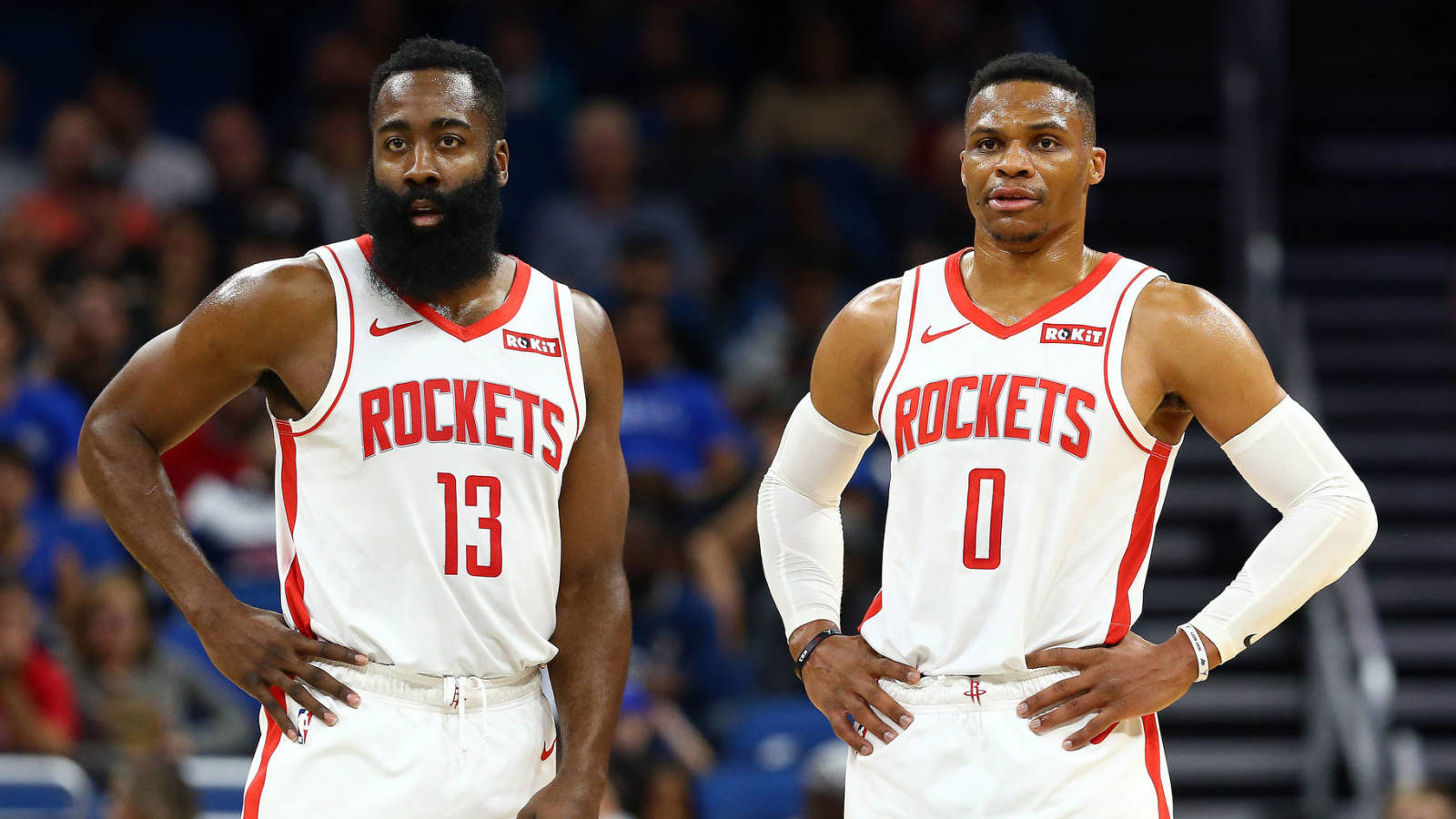
Houston Rockets (24-11)
THE BIG QUESTION: Is there any hope for finding consistent production off the bench?
Despite all the hand-wringing surrounding Russell Westbrook’s fit with James Harden and head coach Mike D’Antoni’s status, this team has looked like a contender all season. Westbrook and Harden have played well together and apart. D’Antoni is still one of the more creative offensive minds in the league.
The problem Houston faces isn't with its big names. It's with the lesser-known talent. The Rockets have struggled to find a consistent rotation of eight or nine players. Even the reclamation of guard Ben McLemore hasn’t saved the supporting cast.
For the most part, the Rockets have five players around Harden and Westbrook -- Clint Capela, Danuel House Jr., P.J. Tucker, Eric Gordon and McLemore -- who seem up to a title-winning task. The rest of the roster -- and, yes, that includes Austin Rivers -- is a collection of either past-their-prime vets or raw youngsters. Rivers, who has a history of being a plus/minus pariah, has managed to post a negative on-court rating despite almost all his 746 minutes played spent with either Westbrook or Harden.
With House missing time in late November and Gordon, who started the season slowly, out the past two months, this lack of depth is even more pronounced. House is back and Gordon’s return is imminent, but there are still holes in the rotation. Whether Houston can fill them internally or with a mid-season transaction will probably determine the Rockets' fate.
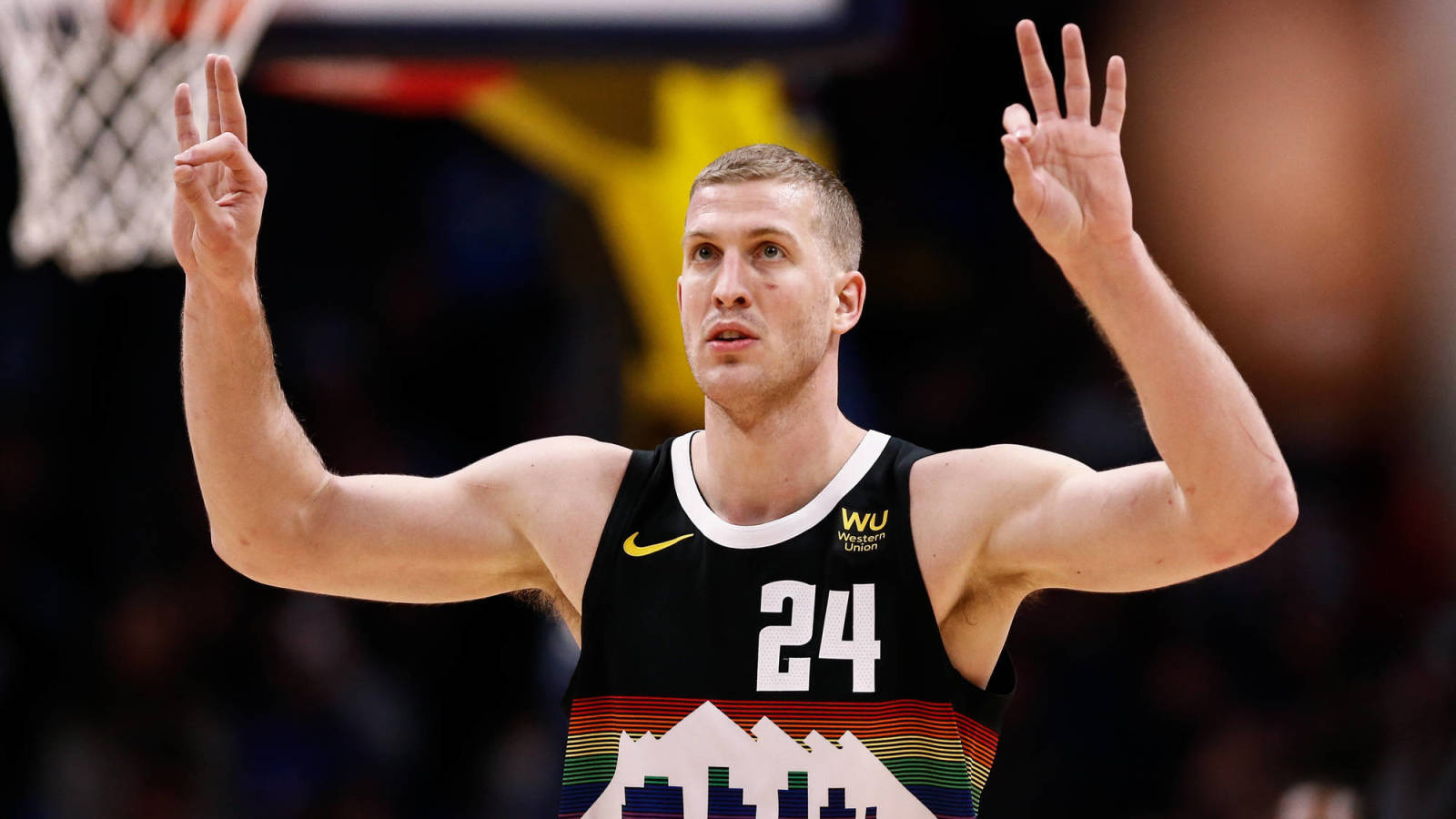
Denver Nuggets (24-11)
THE BIG QUESTION: Can Denver offensive rebound their way to a title?
In 2004, long before analytics were even a “thing,” an unheralded statistician named Dean Oliver published a book called “Basketball on Paper.” In it, Oliver tried to use data to debunk conventional wisdom and shed a greater understanding on what actually wins basketball games. One of his key findings was that offensive rebounding prowess had little or no correlation when it came to being a successful team.
Yet 16 years later, the Nuggets have built a top-10 offense thanks, in large part, to their ability to gobble up their own wayward shots. As it did in 2018-19, Denver once again leads the league in offensive rebounding percentage. Given the rest of the team’s offensive numbers are rather ordinary, the Nuggets give their offense a second chance by creating, well, second chances.
Even more interesting is that Denver has been successful with this approach even though it lacks a dominant offensive rebounder. No Nugget ranks in the top 20 of offensive rebounding percentage. Mason Plumlee, the team’s backup center, ranks highest at 25th. Denver’s success is mostly a team-wide effort, with forwards Michael Porter Jr and guard Will Barton posting higher marks when it comes to crashing the O-glass than you’d typically see at those positions.
It’s safe to say the team would rather see its offense boosted by a leap to stardom by a young guards Jamal Murray or Gary Harris. Or even a continued climb to superstardom by center Nikola Jokic. Because given what we know about the overall impact of offensive rebounding, it seems like the reliance on it is a rather precarious way to score points.
As the season progresses, it’ll be interesting to see how far Denver’s rebounding prowess can actually take it.
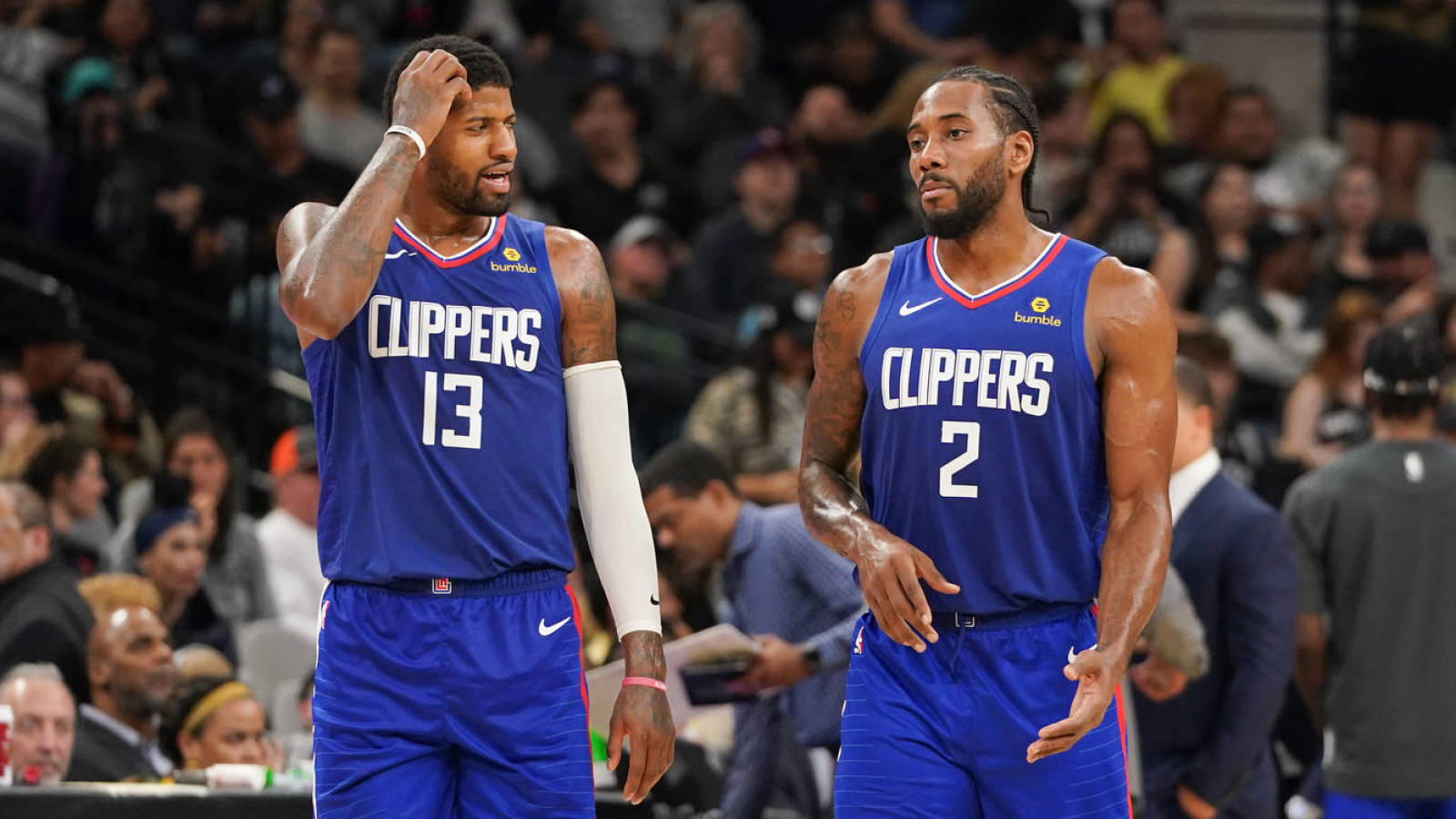
Los Angeles Clippers (26-12)
THE BIG QUESTION: Are Paul George and Kawhi Leonard doing enough?
When news broke that Leonard would be joined by George in L.A., visions of what this dynamic duo could accomplish were dizzying. George’s silky offensive game pairs well with any superstar. His defensive prowess combined with Leonard’s was a terrifying prospect. Clippers opponents surely would be crushed at both ends by these guys.
So far, that isn't the story. George’s debut was put on hold until mid-November due to off-season shoulder surgery. Since finally joining forces with Leonard after a month-long wait, the duo has played well but not otherworldly.
The Clippers outscore opponents by 10.7 points per 100 possessions with George and Leonard on the floor. Offensively, L.A. racks up 112. 8 points per 100 -- a mark that would be fourth best, a shade over a point behind the Bucks, if it was the team’s overall output. On the other end, opponents struggle to score, averaging just 102 points per 100 against lineups containing Leonard and George. That mark would be second in the NBA, which, once again, seems pretty good.
Yet given the elite status of these players, it’s fair to expect more from their time on the court together. For comparison’s sake, Golden State's Steph Curry and Klay Thompson shredded opponents to the tune of 118.9 points per 100 when together last season. This season, the defensive contributions of Milwaukee's Giannis Antetokounmpo and Eric Bledsoe help the lineups around them hold opponents to just 94.1 points per 100 possessions.
Now granted, there is always a ton of noise when it comes to lineup data. It’s certainly also easy to cherry pick a couple of pairings to provide stark contrasts to the output of Leonard and George. Yet watching the Clippers play, that dominating effect those two stars should have just isn’t all that evident.
As the season rolls on, perhaps George and Leonard will get more in sync. Or maybe the players around them will pick up the slack.
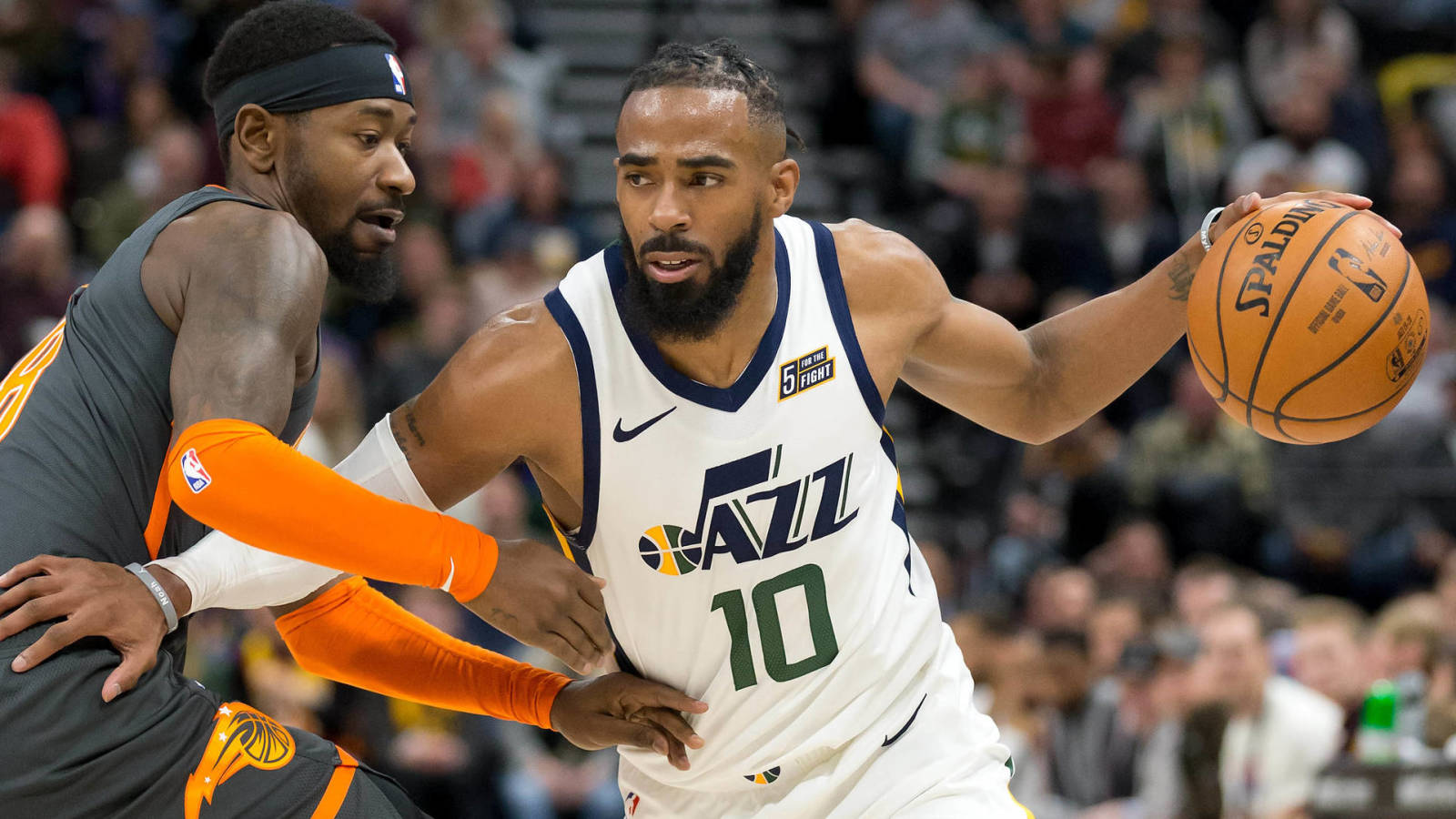
Utah Jazz (23-12)
Where does their trio of forwards fit in when Mike Conley Jr. returns?
Pegged as dark horse to represent the West in the NBA Finals in the preseason, Utah started slowly. After the first two months, the Jazz was just 15-11 and looking more like a run-of-the-mill playoff club than a bonafide contender. The hamstring issues facing Conley, the team’s big off-season acquisition, seemed to further crush Utah’s hope for a title fight. (He hasn't played since December 17, and his return reportedly isn't imminent.)
Yet as we get deeper into 2020, the Jazz is one of the league’s hottest teams. Utah has won five straight and nine of its past 10 games thanks mostly to a simple lineup shift. After starting the season coming off the bench, Joe Ingles has joined fellow forwards Royce O’Neal and Bojan Bogdanovic alongside the team’s foundational stars, Donovan Mitchell and Rudy Gobert, in the starting lineup.
That quintet has trampled opponents, outscoring them by 20.5 points per 48 minutes. That mark makes it the second-best five-man force in the NBA (of all groups that have played at least 200 minutes). For a team to have a legitimate title shot, having a “death lineup,” like Golden State’s small-ball units of the recent past, is a necessity.
The problem for Utah is that Conley’s return will necessitate a rotation reshuffle. Given his status, it’s highly unlikely Conley will be asked to come off the bench. That means the team’s current starting five, the one dominating opponents lately, will likely play together far less frequently. How that development affects Utah’s overall performance could be the key to its title hopes.
More must-reads:
- Kyle Kuzma deal reportedly isn't close, but Lakers are fielding offers
- Clippers had team meeting after embarrassing loss to Grizzlies
- The 'Most points in a playoff game by team' quiz
Breaking News
Customize Your Newsletter
 +
+
Get the latest news and rumors, customized to your favorite sports and teams. Emailed daily. Always free!

